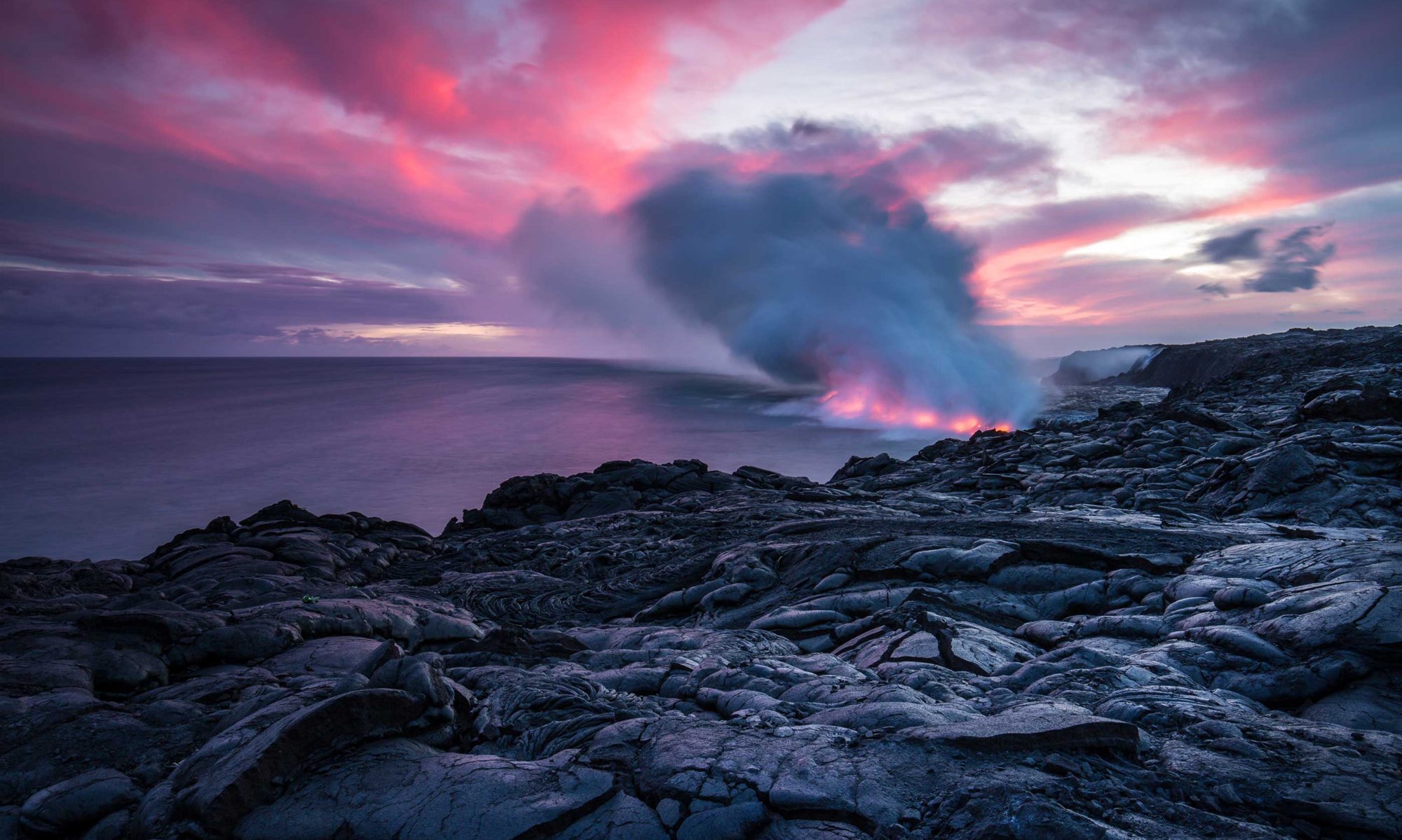A team at the University of Tokyo has found that the ratio of atoms in specific gases released from volcanic fumaroles (gaps in the Earth’s surface) can be an indicator of what is happening to the magma deep below.
Continue reading “Monitoring magma gases”Magma from deeper sources
A new study has shown that huge magma eruptions can initiate deeper below Earth’s surface than previously thought. Such flood basalt eruptions have caused many global climate changes and mass extinction events in the past.
Continue reading “Magma from deeper sources”Earth can regulate its own temperature
The Earth’s climate has experienced some big changes. A new study shows that the planet has a “stabilizing feedback” mechanism that acts over hundreds of thousands of years to keep global temperatures within a steady habitable range.
Continue reading “Earth can regulate its own temperature”Greenhouse gases hit record high
According to a study by the World Meteorological Organization, atmospheric levels of all three greenhouse gases have hit record highs.
Continue reading “Greenhouse gases hit record high”Antarctic ice melting faster than thought
A new model suggests Antarctica’s ice shelves may be melting faster than previously thought. This model accounts for an often overlooked narrow ocean current along the Antarctic coast.
Continue reading “Antarctic ice melting faster than thought”Maps of ancient warming
A new study has produced globally complete maps of the carbon-driven warming that occurred in the Paleocene Eocene Thermal Maximum (PETM), 56 million years ago. Changes in rainfall patterns and amplification of warming at the poles were remarkably consistent with modern trends.
Continue reading “Maps of ancient warming”Antarctic rivers
Researchers have found an unexpected river beneath the Antarctic ice sheet that affects the flow and melting of ice, potentially accelerating ice loss as the climate warms. Its discovery indicates the base of the ice sheet has more active water flow than previously thought.
Continue reading “Antarctic rivers”An ultrafine network of rivers
A team of researchers led by IGB scientist Sami Domisch, have developed the highest resolution map of the world’s river systems ever produced. The map provides a basis for the detailed study of what characterizes riverine habitats and how they are interconnected. The map is based on the “Hydrography90m” data set.
Continue reading “An ultrafine network of rivers”Cause for collapse of AMOC
The Atlantic meridional overturning circulation (AMOC), an ocean current system that carries warm water from the tropics into the North Atlantic and transports cold water from the northern to the southern hemisphere, is an important mechanism for the regulation of Earth’s climate.
Continue reading “Cause for collapse of AMOC”AI predicts future fault slip
An AI natural language processing approach is able to predict future fault friction and the next failure time with high resolution in laboratory earthquakes. The technique applies AI to the fault’s acoustic signals and goes beyond by predicting aspects of the future state of the fault’s physical system.
Continue reading “AI predicts future fault slip”
